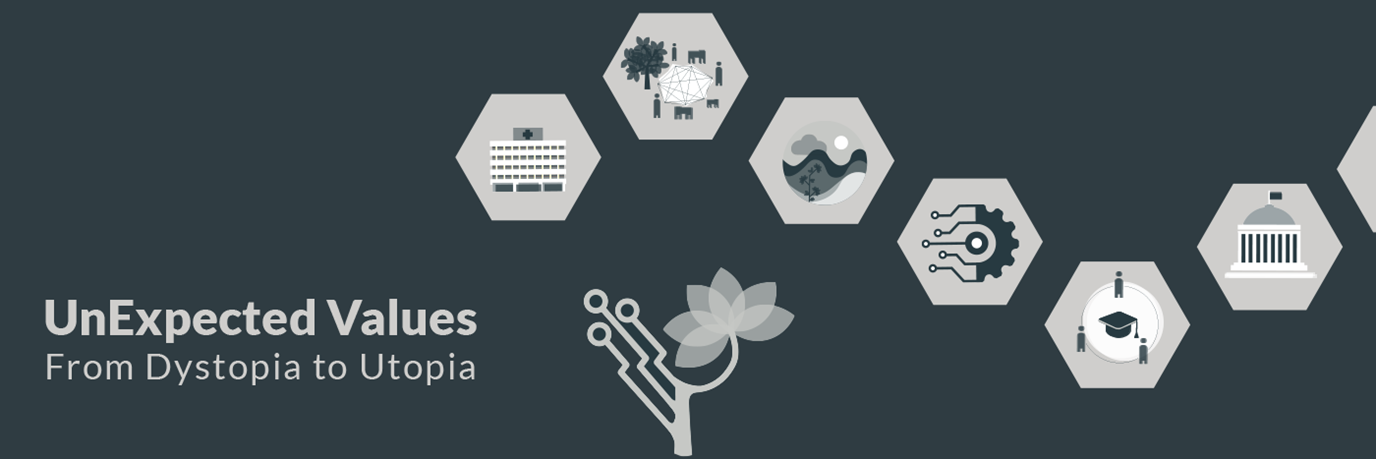Teacher: Renewable assignments that last

Context:
You are teaching an endocrinology course. You can assign traditional tasks like essays and tests or renewable assignments where students tag, review, and rewrite parts of the course pack to improve an open textbook. Renewable work builds real-world skills and contributes to public resources, but it is less familiar and may challenge students more.
Dilemma:
A) Use renewable assignments that contribute to an open textbook and give students authentic editorial experience.
B) Use traditional assignments that are familiar to students and straightforward to grade.
Story behind the dilemma:
In Spring 2020, an upper-level Endocrinology course adopted an open pedagogy model, engaging students in adapting a previous instructor’s course pack into an open textbook. A teacher–researcher partnership formed late that quarter to develop and evaluate high-structure renewable assignments for Summer 2020.
The Summer course enrolled 24 students and was taught remotely by one instructor and a teaching assistant.
Assignment designs targeted knowledge generation, critique, and understanding how knowledge is created. Four renewable formats were implemented:
-
Tagging – Students highlighted and labeled text as Core, Unclear, Connect, or Incorrect.
-
Peer Review – Groups evaluated prior students’ contributions using a detailed rubric.
-
Working Group Assignments – Teams rewrote short sections for the open textbook.
-
Chapter Rewrite – Individuals revised larger sections.
-
Students completed 11 working group tasks, 5 tagging, 5 peer review assignments, and a final chapter rewrite, alongside low-stakes quizzes worth under 10% of the grade.
Resources:

